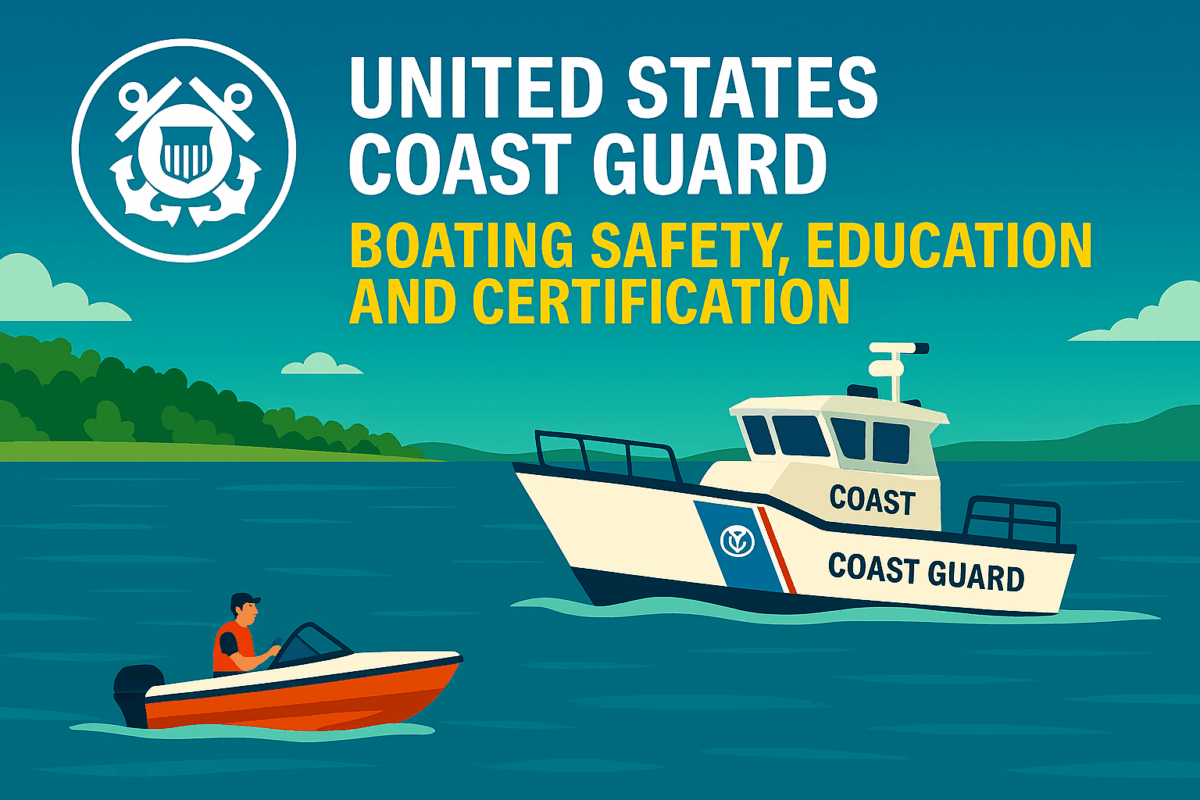Call: 1-800-832-7191

USCG Stops a Submarine
USCG Stops a Submarine Carrying 17,000 Pounds of Cocaine
The USCG Stops a Submarine operation stunned the world when Coast Guard members intercepted a narco-sub in the Eastern Pacific. This dramatic bust involved a moving semi-submersible vessel packed with 17,000 pounds of cocaine worth over $232 million. Because drug traffickers use stealthy submersibles to avoid detection, the Coast Guard trains extensively for these high-risk interdictions. By leaping onto the vessel and pounding on the hatch, crew members forced smugglers to surrender. This mission was part of a larger $569 million drug seizure campaign.
Narco-Subs Pose a Growing Threat
Drug cartels increasingly rely on semi-submersibles to transport narcotics across international waters. These vessels ride low in the water and often evade radar. Because they can carry tons of cargo, narco-subs pose a serious challenge to maritime law enforcement. The Coast Guard uses cutters, helicopters, and surveillance aircraft to track and intercept these threats. In this case, the Cutter Munro executed a textbook interdiction. Crew members boarded the vessel while it was still moving, demonstrating exceptional skill and bravery.
USCG Stops a Submarine with Precision and Teamwork
The USCG Stops a Submarine mission required coordination between multiple cutters and international partners. Over several months, Coast Guard crews intercepted 14 drug-smuggling vessels off the coasts of Mexico, Central America, and South America. Because teamwork improves success rates, the Coast Guard often collaborates with foreign navies and federal agencies. This operation led to the arrest of 55 suspected smugglers. Some will face prosecution in the United States, while others will be tried in their home countries.
Coast Guard Continues to Lead Maritime Drug Interdiction
The Coast Guard remains the front line in the fight against maritime drug trafficking. Crews undergo rigorous training to handle dangerous interdictions and complex investigations. Because traffickers constantly adapt, the Coast Guard must evolve its tactics and technology. The USCG Stops a Submarine operation highlights the importance of vigilance, coordination, and courage. These missions protect American communities and reinforce national security. As threats grow more sophisticated, the Coast Guard stands ready to respond with precision and force.
